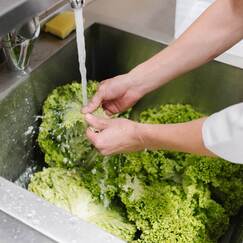 If you’re serving up more raw vegetables right now – and keeping watch on potential food safety problems in the supply chain – you may be more concerned about taking steps to make your produce extra clean and contaminant-free. There are a number of antimicrobial produce washes on the market that promise to kill nearly 100 percent of pathogens, but are they worthwhile? According to the FDA, there isn’t a need for a specific produce wash – rinsing with plain running water and, for firm produce, scrubbing with a brush, is all that’s needed. In fact, it has said that such washes may leave a residue on a piece of produce or change its taste. However, a produce wash may feel like the safer choice if you’re serving foods with a poor safety history, if you anticipate problems related to regions where you source produce, or if you simply serve a lot of dishes containing raw vegetables. 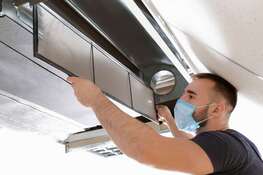 It didn’t take a pandemic for restaurants to focus on safety – the industry is among the most regulated around. But now, any extra tool or technology designed to protect safety (particularly in ways that were not needed before) is likely to become the norm. Ventilation is now a heightened concern, and operators are increasingly monitoring and sharing information about their air quality in an effort to attract guests. Safety is still the new hospitality. One online tool to consider is Safe Air Spaces, which helps operators estimate the risk of the air in their facilities based on factors such as floor area, occupant number, ceiling height, outdoor air supply and other factors. It may help you pinpoint your trouble spots before you invest in larger systems to protect your restaurant.  What portion of your guests are seniors? Adults over the age of 60 are more likely than younger adults to be hospitalized or to experience complications due to foodborne illness. They tend to struggle to fight off pathogens such as E. coli, Listeria and Salmonella. Keep this in mind when selecting suppliers and planning your menu – particularly your delivery menu as your food faces greater security risk and has more opportunity to enter the temperature danger zone. Make your staff aware of the need to take special precautions with foods such as raw meat, fish and dairy, which are more susceptible to contamination than other foods. 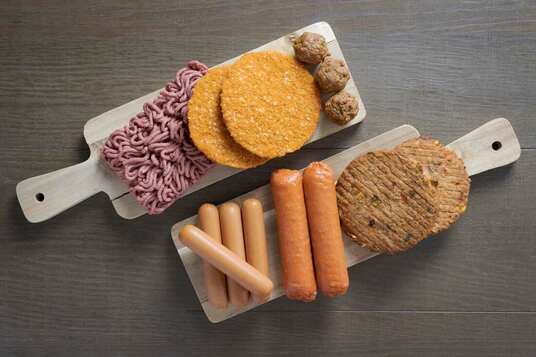 So much is said about how meats must be handled and stored to protect safety, but less so about vegetarian or vegan meat substitutes. Dr. Joseph Puglisi, a professor of structural biology at the Stanford University School of Medicine who also chairs a scientific advisory board for Beyond Meat, told Food Safety News that the risks of contamination and spoilage are much lower with meatless products overall. E. coli and other pathogens grow more slowly in plant-based meats than in conventional meats. However, there are still food safety risks to monitor. They tend to relate to any allergens present in the meat substitutes, along with chemical additives that aren’t fully understood. 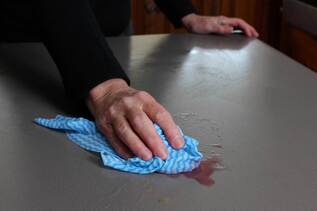 If you’re having problems with food safety and contamination, could your sanitizer be to blame? While microorganisms may develop resistance to sanitizer, but chances are better that your challenges are due to other issues around your facility. According to a Food Safety Magazine report, it’s more important to focus on following each step of the cleaning process, addressing problems with poorly designed equipment with crevices that can harbor microorganisms, applying your sanitizer over the entire surface, and being aware of biofilms that can form on surfaces and encase a microorganism (and require a different kind of treatment). 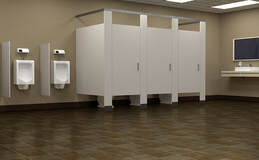 Even before the pandemic, restaurant guests would make assumptions about the state of the restrooms and what they might indicate about the restaurant’s commitment to food health and safety. Now that guests are all the more aware of cleaning and sanitation practices, as well as the ways in which viruses can spread, it’s important that your restaurant presents you well. If your restaurant has high-traffic periods, make sure you have larger dispensers that help ensure you won’t get caught short on soap and hand towels. Replace air dryers. Finally, develop a clear checklist of maintenance tasks and have your staff check restrooms at regular intervals. Throughout the past year, restaurants that once had buffet lines, salad bars and other self-service stations have had to reinvent them for the current environment – and those changes may be permanent. This has also resulted in the introduction of more action stations and grab-and-go options, as well as changes in how employees are assigned to tasks within the operation. It’s a good time to make sure your team is up to date on current safety precautions. They should understand how to maintain proper temperatures for hot- and cold-held foods, preheat foods for hot-holding, prevent cross-contamination when bringing in fresh food or serving a guest, and when to discard food that has been sitting out for service.
A survey from US Foods found that 28 percent of delivery drivers said they had taken food from an order – and 50 percent of drivers had been tempted. It’s worth reviewing your delivery menu and removing items that are easy to pilfer – like fries – and using tamper-evident packaging and labels suited to the food and container to make sure everything arrives as it should. Paper-based labels can tear more easily than film-based labels and are more apt to show tampering if there is a removal attempt, but they also may not stand up as well to contact with liquids or condensation. Need a source for tamper evident solutions check out our selections from various vendors at https://www.foodserviceceo.com/tamper-evident-solutions.html
|
subscribe to our newsletterArchives
April 2024
Categories
All
|

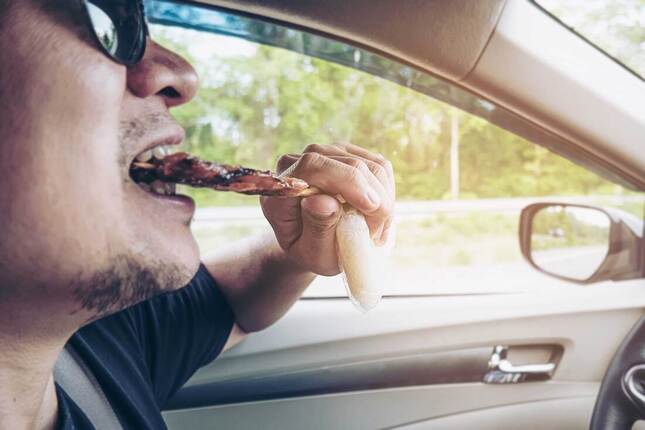


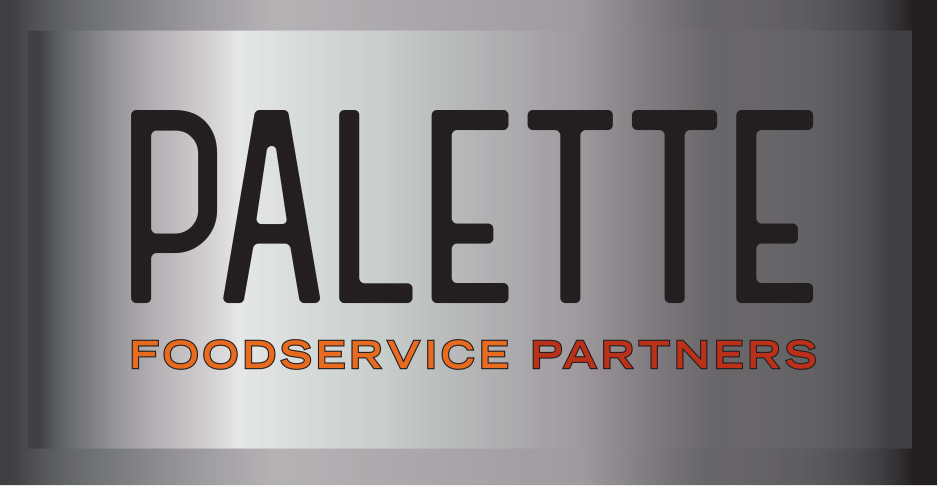
 RSS Feed
RSS Feed